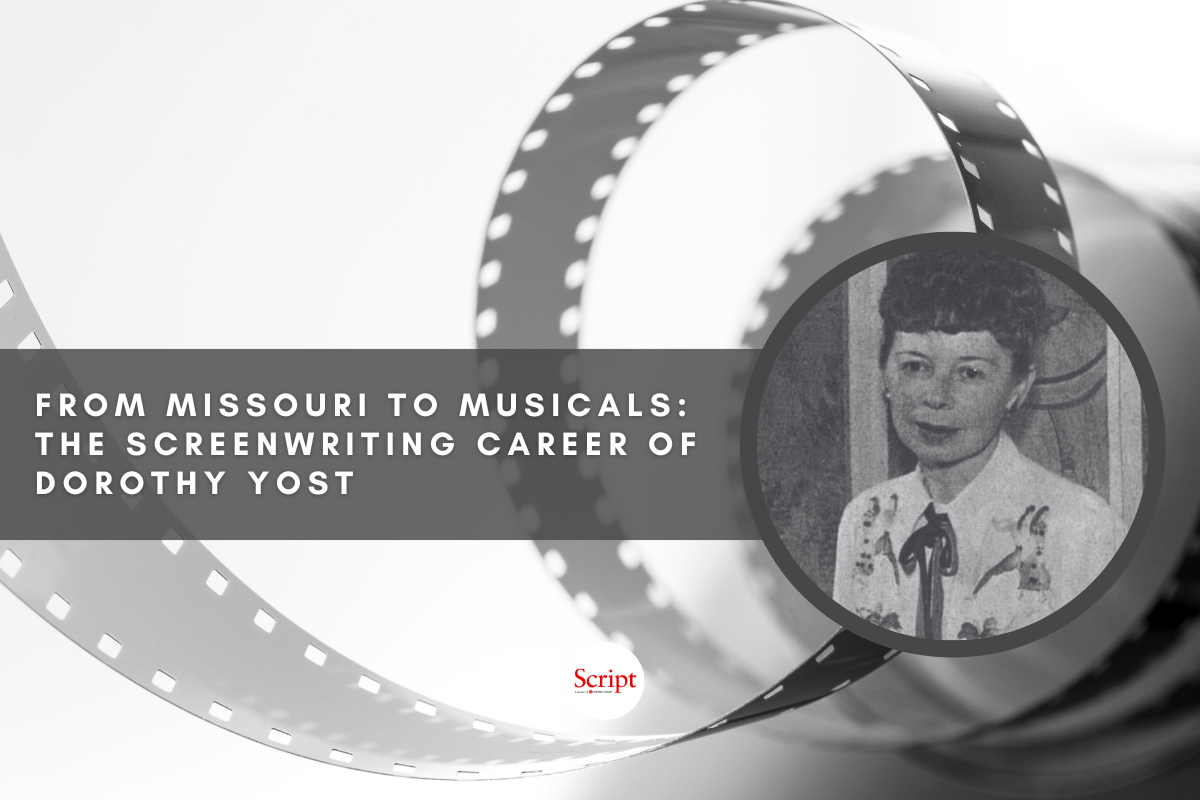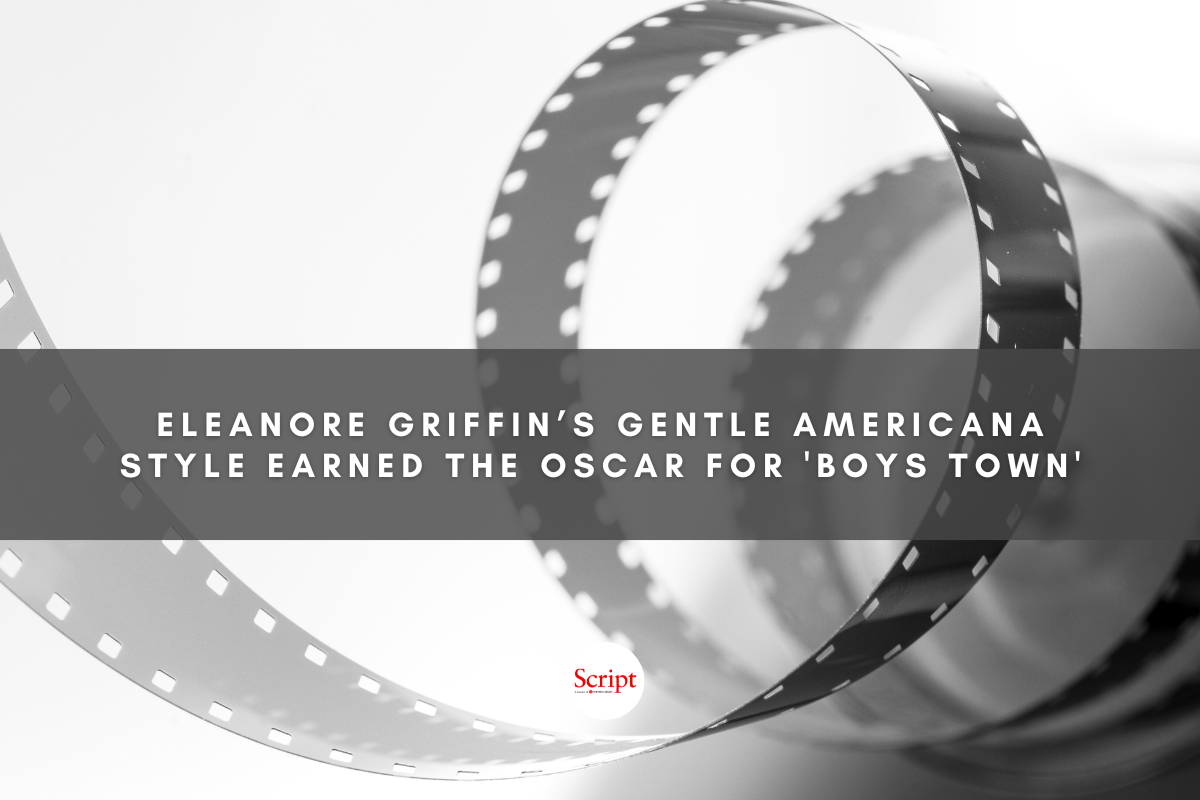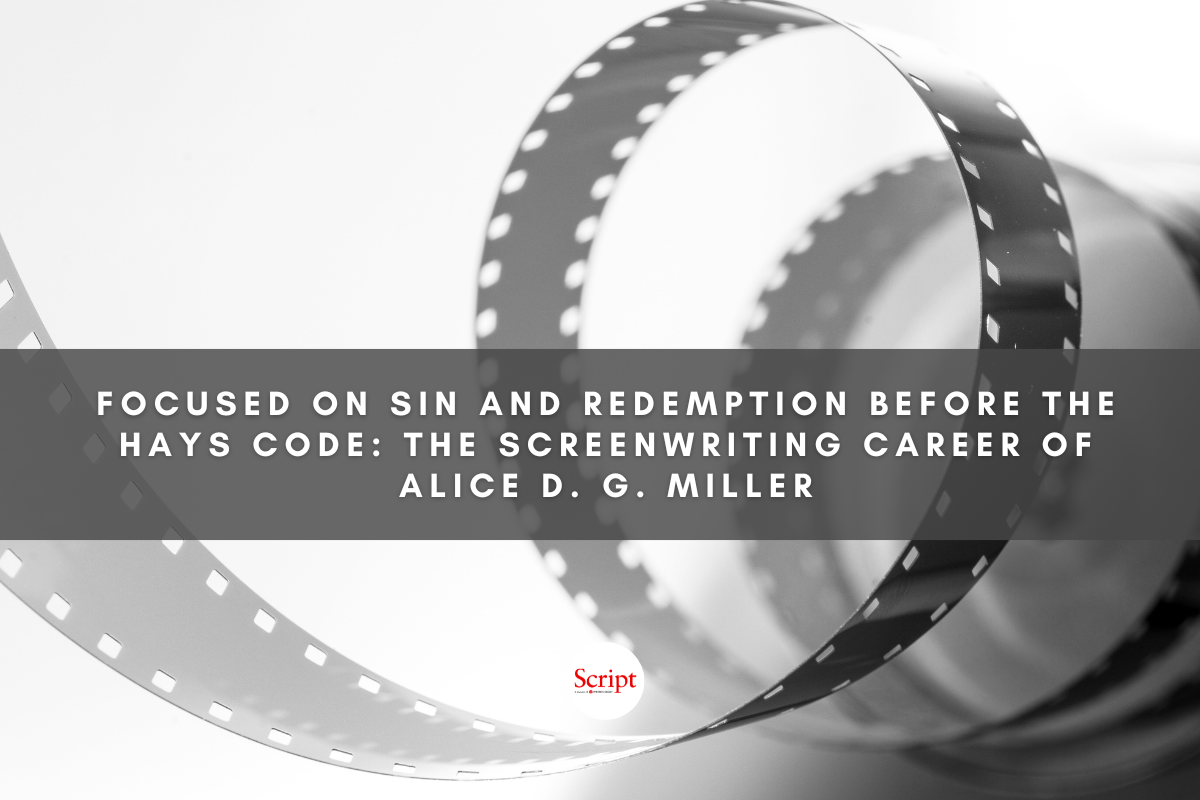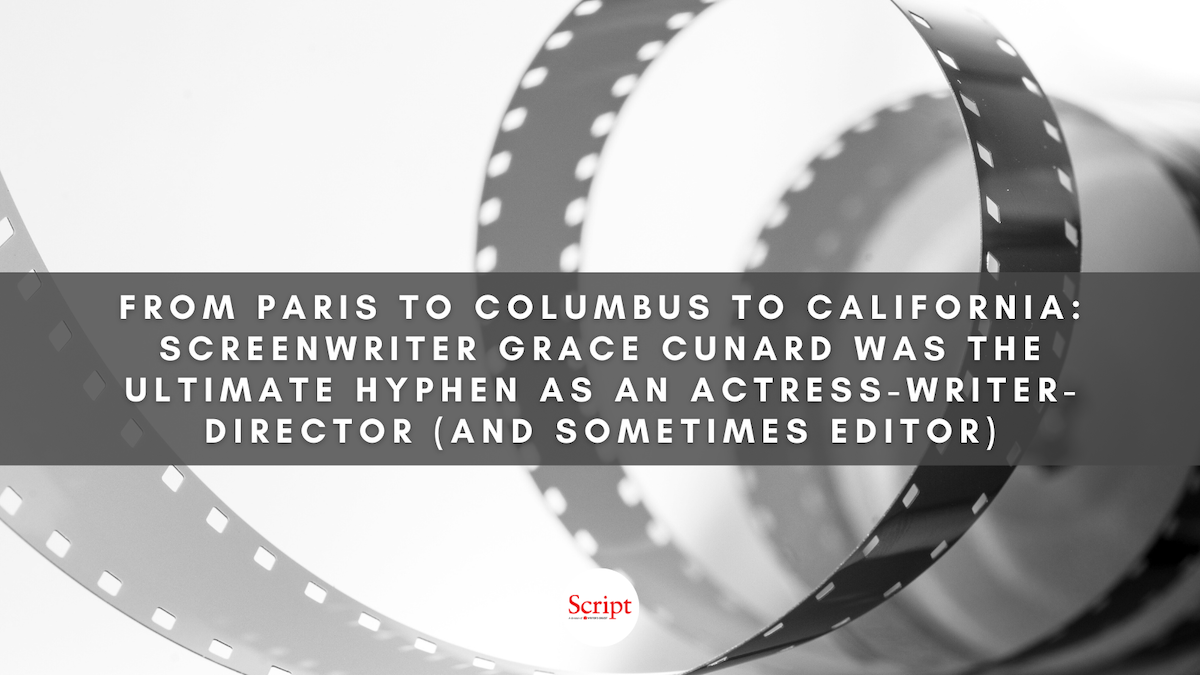Before Peanuts, Alice Guy Blaché Presented the First True Meaning of Christmas Film
Dr. Rosanne Welch celebrates the female screenwriters who came before us with this month’s spotlight on arguably one of the first female screenwriters in history, Alice Guy Blaché.
It is almost with embarrassment that I realized when I went looking for a silent writer who wrote a Christmas film that I found I had yet to write a column on Alice Guy Blaché, arguably one of the first female screenwriters in history. Possibly I assumed everyone finally knows her name, but then I remembered that they do not. So let’s get to know her beginning with her Christmas film. In under six minutes her 1906 Le Noël de Monsieur le Curé (The Parish Priest’s Christmas) tells the story of a poor parish priest whose nativity scene is missing a statue of the baby Jesus until angels appear during Christmas Eve mass with the very item needed to fill the cradle.
Born before the invention of film - on July 1, 1873 in France - Alice Guy grew up to become the first female screenwriter and director of narrative stories. In her late teens her father died young, so to help support the family, Alice took a job as a secretary at the Gaumont Studios. There she experienced the first demonstration of film projection when her boss screened one of their early Gaumont films Workers Leaving the Lumière Factory. It gave Alice the idea that people might want to see fictional stories with this newfangled device as well, and she asked permission to use the company’s equipment. In 1896 she created La Fée aux Choux (The Fairy of the Cabbages or The Birth of Children) which involved a static camera recording her as a fairy finding myriad children in a cabbage patch.
Soon Alice earned a promotion to Head of Production for the Gaumonts and churned out a couple of two-reelers a week. The same year she commemorated Christmas on screen, Alice went even bigger. She adapted and directed the epic The Birth, the Life and the Death of Christ which ran 33 minutes and involved over 300 extras. As an early pioneer, nothing seemed impossible. In her career, Alice experimented with audio recordings to match the film, used double exposures, and did many things which later textbooks credited as ‘firsts’ to male directors which helped erase her from history. Her 1907 marriage to Herbert Blaché added to this erasure because as a married woman, she had to resign from the company. Herbert was Gaumont’s production manager in the United States and persuaded her to move there where she did not know the language as well. She became a mother for the first time in 1908.
Two years later, Alice created her own studio – Solax - located in Fort Lee, New Jersey which made Alice the first woman (before Mary Pickford and United Artists) to own her own studio. She wrote and directed two to three films a week, even while pregnant with her second child, and soon hired Herbert to manage the studio while she focused on her own artistic output. Professional issues strained the marriage and in 1918 Herbert had an affair with one of their leading ladies, left his wife and children – and the company - for a chance at Hollywood. That same year Alice caught the Spanish Flu but still completed what would become her final film, Tarnished Reputations. Because the children needed care, she moved to Hollywood but could only find work as Herbert’s assistant director.
Whether it was being physically debilitated by the disease or emotionally marred by the betrayal and the loss of her reputation, Solax failed financially in 1921. Alice and Herbert finally legally divorced in 1922 and Alice moved back to France. She lived through the golden age of film and the French new wave but did not write or direct anything there or back in the U.S. when she returned to live with her oldest daughter. Though her name still remained out of most film history textbooks, Alice lived to see the beginning of the revival of her reputation when she was awarded the Légion d'honneur in 1958, the highest non-military award in France.
Alice died in 1968 and the awards have continued ever since.
Research for this column comes from the book When Women Wrote Hollywood, edited by Rosanne Welch.
If you’d like to learn more about the women highlighted in this column, and about the art of screenwriting while earning your MFA, our low residency Stephens College MFA in TV and Screenwriting is currently accepting applications.
Learn more about the craft and business of screenwriting and television writing from our Script University courses!
Dr. Rosanne Welch, Executive Director of the Stephens College MFA in TV and Screenwriting, has television credits including Beverly Hills 90210, Picket Fences, ABC News/Nightline and Touched by an Angel. Her award-winning publications include When Women Wrote Hollywood and Women in American History (on the ALA list of 2017’s Best Historical Materials). Welch is Book Reviews editor for Journal of Screenwriting; on the Editorial Boards of Written By magazine and California History Journal and gave a 2016 TEDxCPP talk: “The Importance of Having a Female Voice in the Room”.
Find Dr. Rosanne Welch online: Instagram @drrosannewelch | YouTube DrRosanneWelch | Stephens College MFA Twitter @mfascreenwriter







